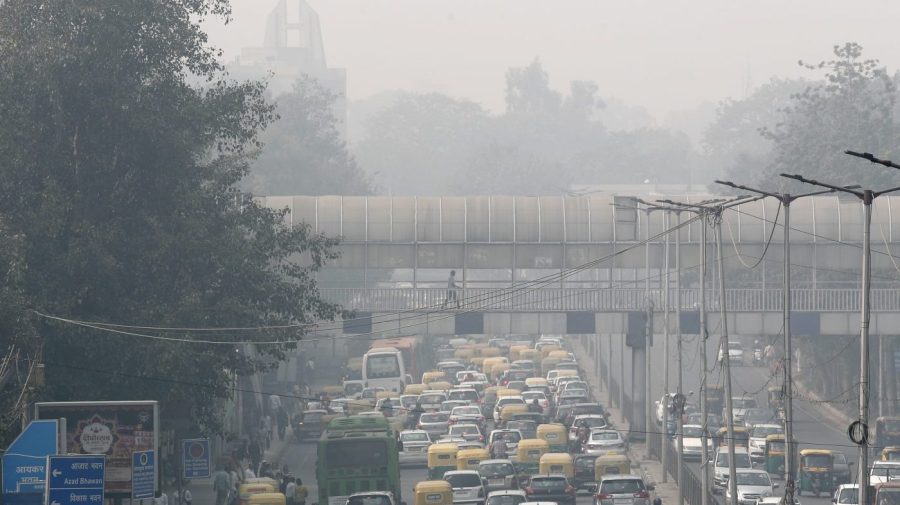
Early-life exposure to air pollution may have direct connections to the manifestation of bronchitis symptoms during adulthood, a new study has found.
Previous investigations have already confirmed a consistent relationship between air pollution exposure and childhood lung problems, as well as a separate association between childhood lung issues and those in adulthood.
But the new study, published in the American Journal of Respiratory and Clinical Care Medicine, takes those findings one step further — by establishing a direct link between childhood exposure and adulthood symptoms.
To cement this connection, the scientists turned to the University of Southern California’s Children’s Health Study, a large-scale, decades-long initiative that has followed groups of school-age participants into adulthood.
“Our results suggest that childhood air pollution exposure has more subtle effects on our respiratory system that still impact us in adulthood,” corresponding author Erika Garcia, an assistant professor at USC’s Keck School of Medicine, said in a statement.
Garcia and her colleagues reviewed relevant health data from 1,308 Children’s Health Study participants who were on average 32 years old during their adult assessment.
When asked about recent bronchitis indicators — such as chronic cough or phlegm production not associated with a cold — a quarter of participants said they had experienced relevant symptoms during the previous year.
After accounting for these current manifestations, the researchers then matched up family home addresses on a month-by-month basis to determine comprehensive childhood exposure levels.
The authors found that adulthood bronchitis was connected to childhood exposure to two types of pollutants: nitrogen dioxide, a byproduct of transportation and power plant combustion, and tiny airborne particles, including dust, pollen, wildfire ash, industrial emissions and vehicle exhaust.
Because the respiratory and immune systems of children are still developing, in comparison to those of adults, they breathe in more air relative to their body mass, the scientists explained.
Even when adjusting for the presence of childhood bronchitis or asthma, the authors said the links between early life pollution exposure and adulthood symptoms remained solid. However, they did identify stronger such associations among those individuals who also had asthma as children.
One finding of particular interest to the authors was the fact that impacts were tangible even when childhood exposure to nitrogen dioxide occurred at levels far below the Environmental Protection Agency standard. That standard, they noted, has not been updated since 1971.
“Because there’s only so much that we can do as individuals to control our exposure, the need to protect children from the adverse effects of air pollution is better addressed at the policy level,” Garcia said.













